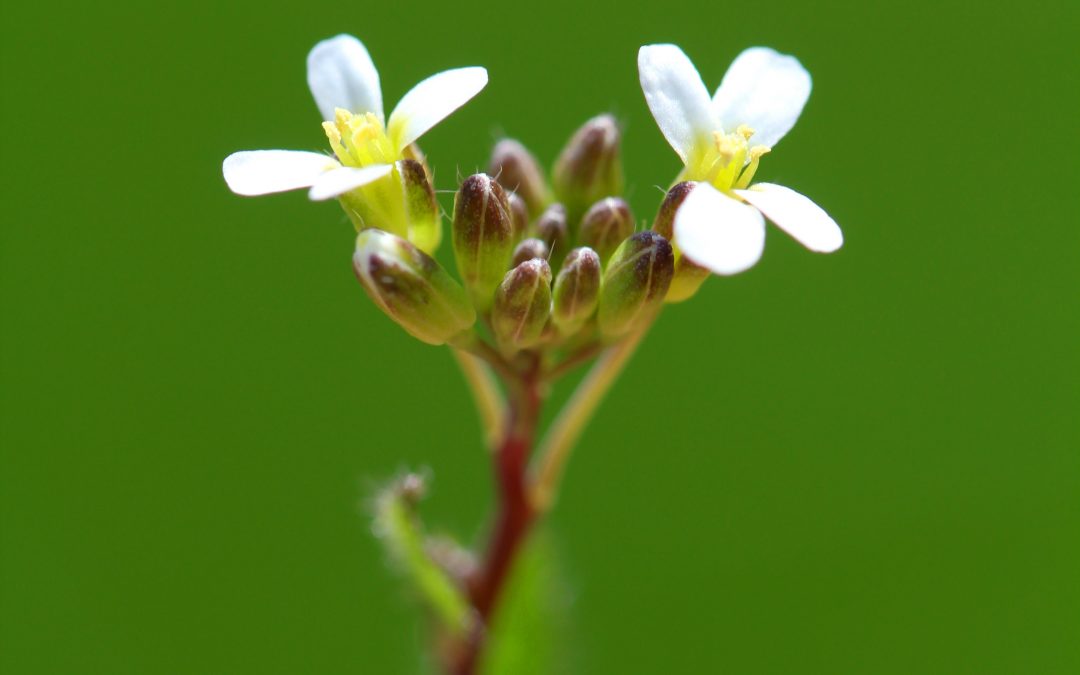In the 1960’s, two researchers in London were investigating why diseases like scrapie and Creutzfeldt–Jakob disease (CJD) resisted ionizing radiation. What they hypothesized was that these diseases were caused by proteins, rather than a biological agent. However, it wasn’t until the 1980’s that these hypothetical proteins, dubbed prions, were isolated and purified. Prions are proteins that can fold in multiple structurally distinct ways. These folds can be transferred to other prion proteins, and this propagation results in diseases similar to bacterial infections. In addition to scrapie and CJD (a human disease that causes brain tissue to rapidly decay, leaving the brain with a sponge-like texture), prions are also suspected as the cause of bovine spongiform encephalopathy (BSE, a.k.a. “mad cow disease”).
Currently, all of the known prion diseases in mammals target either the brain or neural tissue. Since prion proteins are able to transfer their folded state to normal versions of the protein, treatment methods for prion disease would involve denaturing the proteins: un-twisting them back into their natural state so that they are no longer able to induce folding of other proteins. However, a practical method to do this doesn’t currently exist, so prion diseases are untreatable – and always fatal.
The natural function of prion proteins is still not well understood. However, some recent research has possibly shed some light on potential physiological use of prion proteins. Scientists at the Whitehead Institute for Biomedical Research found that when a section of protein from Arabidopsis thaliana was inserted into yeast, it produced a protein that does not fold correctly and spreads that state to other proteins, i.e. a prion. In the plant, this protein (called Luminidependens, or LD) normally controls functions such as flowering time and other mechanisms related to responding to daylight. The scientists hypothesize that the plants could be using their prion-like proteins as a form of timekeeping to track their environment. The example that the article gives is that some plants won’t flower until they have experienced a certain duration of cold temperatures. This is something that could theoretically be tracked by these prion-like proteins; as time passes, more protein clusters form. Therefore, plant mechanisms can then trigger after an accumulation of a certain number of clusters have been created. While this research may not lead to any possible treatment for prion-related diseases, it is certainly interesting to see how new avenues of research are being explored to better understand these complicated organic structures and processes.
Powers Scientific offers several different options when it comes to running experiments with plants. If your work involves micropropagation of Arabidopsis or other plant species, our Plant Tissue Culture Chambers were designed with you in mind. These chambers come with four slide out shelves, with low velocity conditioned air delivered uniformly under each shelf. There are six fixed lamp positions over each shelf to deliver high intensity visible light, visible/black light combinations, or other light combinations that can be stepped on/off. The chambers can be run at temperatures as low as 7°C with lights on (for vernalization studies). It is also capable of functioning as an incubator, reaching temperatures of 40°C or higher, if needed.
If your work involves more traditional plant growth through seed germination, our Diurnal Plant Growth Chambers are a great option. These chambers offer digitally controlled temperature and lighting, with day/night cycles to simulate the nurturing environment seeds and plants need for successful growth, with a temperature range of 2-50°C. For plants or experiments with more rigorous requirements, many options can be selected, such as additional lights (vertically, horizontally, or both), installing a fresh air intake, including additive RH generation, or adding horizontal air flow ducts for better temperature uniformity under the lights.
For more information or to request a quote, visit our Contact Us page or call us at (800) 998-0500.

